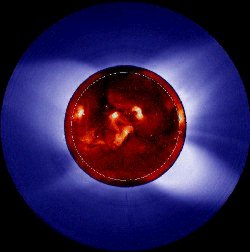Image of the solar corona in white light (outer circle, blue and white) and X-Rays (inner circle, red, yellow, and black) on April 22, 1994, courtesy of the High Altitude Observatory and the Yohkoh Science team. The dashed circle is the solar radius.
Click on image for full size
Image courtesy of the High Altitude Observatory, National Center for Atmospheric Research (NCAR), Boulder, Colorado, USA. NCAR is sponsored by the National Science Foundation.The solar X-ray image is from the Yohkoh mission of ISAS, Japan.
The Solar Atmosphere
The visible solar atmosphere consists of three regions: the
photosphere,
the chromosphere, and the solar corona. Most of the visible (white) light
comes from the photosphere,
this is the part of the Sun we actually see.
The chromosphere and
corona also emit white light, and can
be seen when the light from the photosphere is blocked out, as occurs in
a solar eclipse.
The sun emits electromagnetic radiation at many other wavelengths as well.
Different types of radiation (such as radio, ultraviolet, X-rays, and gamma
rays) originate from different parts of the sun. Scientists use
special instruments
to detect this radiation and study different parts of the solar atmosphere.
The solar atmosphere is so hot that the gas is primarily in a plasma state:
electrons are no longer bound to atomic nuclei, and the gas is made up
of charged particles (mostly protons and electrons). In this charged
state, the solar atmosphere is greatly influenced by the
strong solar magnetic fields that thread through it.
These magnetic fields, and the outer solar atmosphere (the corona)
extend out into
interplanetary space as part of the solar wind.
You might also be interested in:
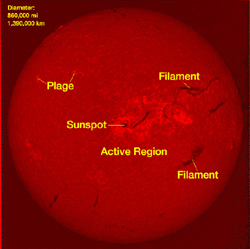
Above the photosphere is the chromosphere, a region about 2500 kilometers thick. Just prior to and just after the peak of a total solar eclipse , the chromosphere appears as a thin reddish ring. The conspicuous
...more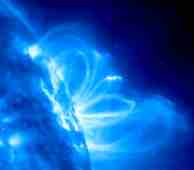
Even though they are far away, solar storms can affect us. They can bother our spacecraft and electrical power systems. So, it is important to NASA and other space organizations to find out how they happen
...more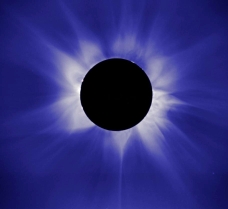
Scientists at the High Altitude Observatory (HAO) try to learn about the changes we see in the Sun over time. They also study how it affects the atmosphere of the Earth. There are four main areas of study
...more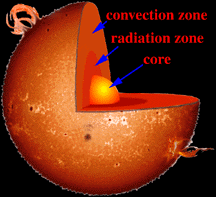
Scientists have named the parts of the Sun. The "surface" of the Sun is called the photosphere. The three areas inside the Sun are called the core, the radiation zone, and the convection zone.
...more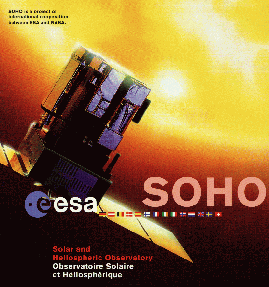
Satellites in space help us measure space weather. They collect info about the Sun, Earth's magnetosphere, Earth's atmosphere, and space weather. Spacecraft that Watch the Sun Some spacecraft watch the
...more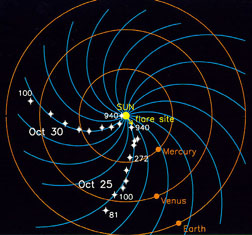
The Sun acts like it has a big magnet in the middle of it. We call this the Sun's magnetic field. The Sun's magnetic field has a fancier name, the Interplanetary Magnetic Field (IMF). This just means that
...more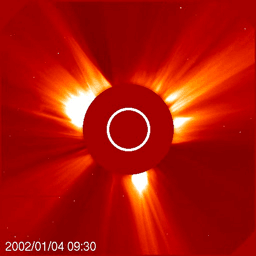
Have you ever seen an explosion before? Maybe you've seen a volcano explode on t.v. Or maybe you've seen a potato explode in the microwave because your mom forgot to poke holes in it. Well, explosions
...more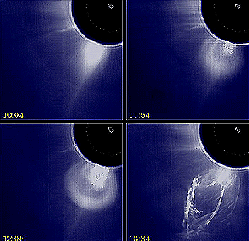
The Sun is not a quiet place, but one that exhibits sudden releases of energy. One of the most frequently observed events are solar flares: sudden, localized, transient increases in brightness that occur
...more


